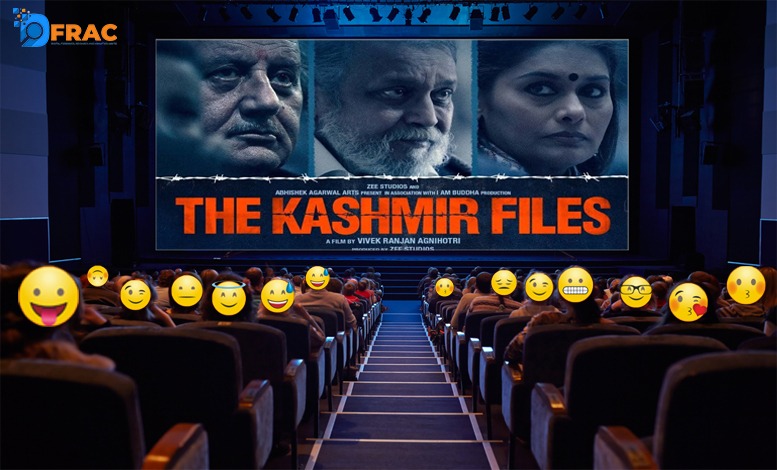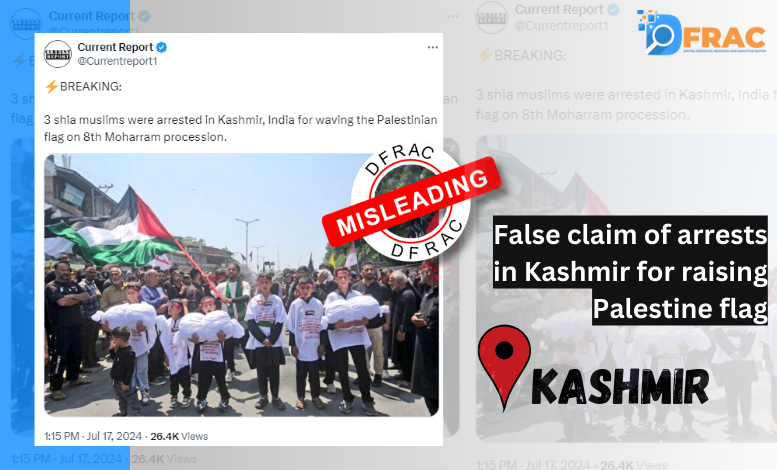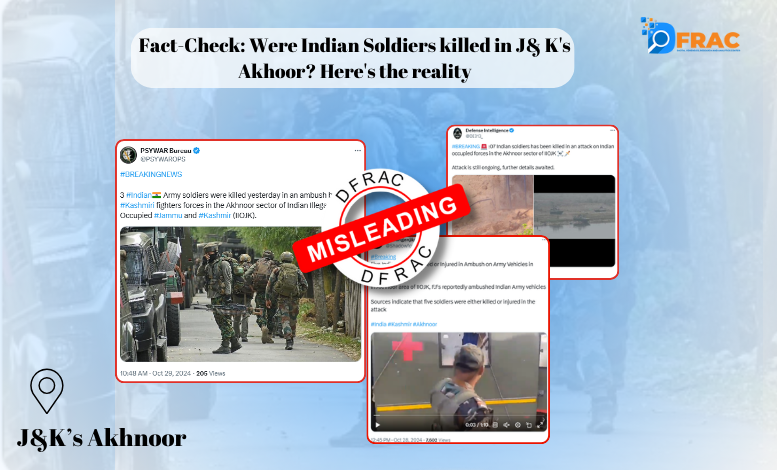Movies are not history. Nor are historical novels history. Several films have been made in the past based on historical references and incidents. But if an attempt is made to find historical accuracy in them, then there will be a disappointment. The storyline may be taken from history, but when it is moulded into a screenplay, then imagination, or as some may call it ‘creative freedom’ comes into play. ‘The Kashmir Files’ is neither a documentary nor a docu-drama, it is a feature film. Based on a tragic incident on a very large scale. It is based on such a distressing incident or incidents, which raised several questions on the very values of the basic structure of the Constitution. Events are true. It all happened and global newspapers covered the violence and exodus. Intelligence agencies were giving their inputs. But those who had the responsibility to stop them, what did they do? This question must be asked, again and again.
Closure awaited for too long
In India, almost all the major riots or violence incidents, whether regional or communal, haven’t found a closure. Not judicially, more so not morally!
To say that it was the then Prime Minister VP Singh, the parties that supported him and the then Governor Jagmohan was guilty of this incident, then it would be a generalisation of blame. It is true that VP Singh was in government at that time, and he had outside support from both the BJP and the Left Front, and Jagmohan was the governor, but to hold them individually responsible for a tragedy of that scale would not be right. If we narrow down to the rulers who held the regime and could have acted more swiftly and authoritatively, then yes they cannot escape the moral blame. But at the same time there were several key players, like Pakistan sponsored terrorism and an insurgent war, has been there since then.
Unstable regime, volatile era
Years 1989 to 91 have been a volatile period. The country saw two leaders at the Centre one after the other and they ran governments with outside support. From 1991 to 1996, Congress’s Narasimha Rao government led the country. The period from 1996 to 1998 was of high political instability, when the Third Front leaders tried their luck at the top. During this phase of a little above two years, two PMs remained in power. Then came the era of coalition under Prime Minister Atal Bihari Vajpayee from 1998 to 2004, when NDA was formed. From 2004 onwards, PM Manmohan Singh carried the baton under UPA till 2014. Since then Narendra Modi has been ruling the roost. The events depicted in the film are of highly organised and brutally criminal nature. Also, the fact that a bigger incident may have happened in the Valley than the tragedy that is depicted in the film also cannot be disputed due to the volatility of the region coupled with weak governments. But the question still remains as to what these successive governments did to lend a healing hand to an exodus community.
Questions too many, answers none
The reel life gives a chance to look back in real life as to what was the investigation done about the incident, who were all responsible, both at the bottom and top, how did the administrative machinery react to the then ongoing brutality against a community forced to flee their homes? After 1990, did the government set up any panel to probe the tragic exodus, if yes, what were the findings, especially, related to central and state government officials, the police and other security forces, who were the hands and eyes of the regime on ground zero? People deserve to know the outcomes of these investigations as it is clear that a larger responsibility hasn’t been fixed by the successive governments. Now the government has woken up, it remains to be seen what efforts the government makes to facilitate Kashmiri Pandits, who have been in displaced camps for 32 years, in returning home. It is natural to get agitated after watching an emotional voyage, but justice and redemption is what the victims need and have been waiting for so long.
Governance, administrative paralysis
Many books have been written on the incident and the present situation in Kashmir. People have memories that reveal a chain of events and expose the culprits. But they are not legal documents. No court can prosecute anyone on that basis as they are not evidence in the eyes of law. They are also not the findings of any statutorily constituted investigative agency.
In 1989-90-91, there was a lot of instability at the Centre and Pakistan’s interest in the politics of Jammu and Kashmir increased tremendously. The ‘Kashmir ki Azadi’ movement by the separatists was at its peak, which had led to the infamous incident of Mufti Mohammad Sayeed’s daughter being kidnapped. Sayeed was the Union Home Minister then in the VP Singh government. In exchange, five jailed militants were released. During those years, there were large-scale demonstrations on a daily basis, and armed terrorists roamed freely on the streets of Anantnag and other cities. Unclaimed banners warning violence against Kashmiri Pandits were covering walls in the Valley. The local administrative machinery was in a state of paralysis and the central forces, often unable to read the local pulse, were only simply present. The crisis of leadership was not just political but administrative as well. There was total chaos as the agencies were unable to make accurate assessments of conflicting zones, which was causing bad decision making at the highest level. Agencies and officials advising decision makers also had differing perceptions. The atmosphere was like a ‘fog of war’.
It’s high time to come clean
If the movie ‘The Kashmir Files’ is only making its viewer mentally prepared for vengeance by forced adrenaline rush, then it is an attempt for a dangerous conspiracy. Your programming of the viewer is being done, and the outcomes will not be harmonious. If not, then the stage is set for people to demand and the government to tell what efforts are being made in recent decades for Pandits of Kashmir to return to their homeland, and restoration of peace among communities. Or else as it is said, cinema is the pratibimb (reflection) of the society, it does not bring jan kranti (mass revolution).





